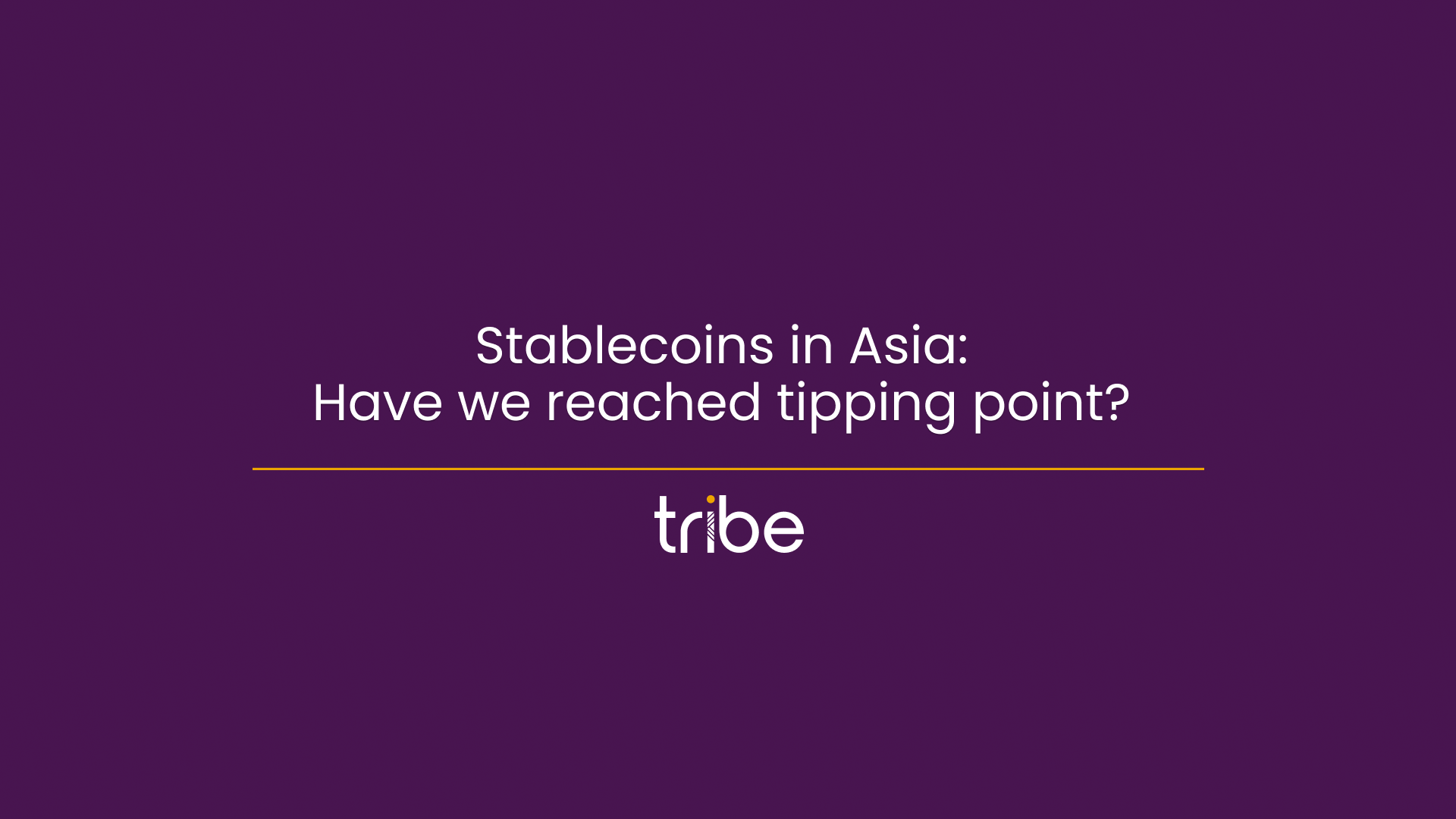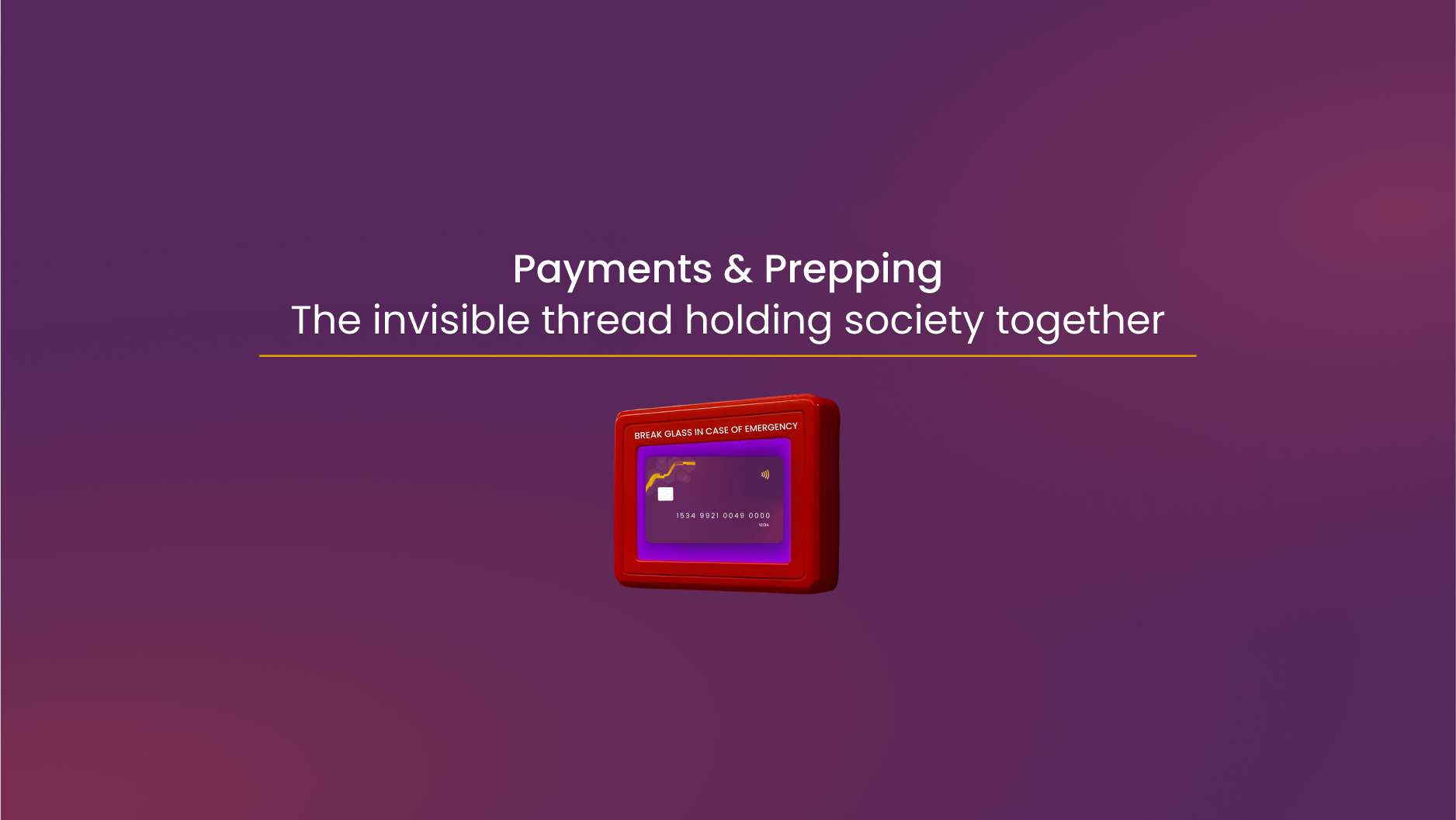Inside the OTA Payment Machine: What really happens when you book a holiday
Every summer, Online Travel Agents (OTAs) face their biggest challenge: Peak season. School holidays, pent-up travel demand, and spur-of-the-moment bookings all collide into a perfect storm of bookings, turning May to August into the travel industry’s version of Black Friday.
The latest Travel Trends report from UK travel industry association ABTA backs this up, with more than two-thirds of surveyed consumers (68%) planning to travel abroad in the next 12 months, with more than a third (34.2%) of people planning to visit long-haul locations (up from 28.2% in 2024).
For customers, booking travel can be just a few clicks and a confirmation email. But behind that seamless user experience is a complex web of payment processes that keep the travel world spinning. For OTAs, those clicks trigger skyrocketing transaction volumes, a high-wire act of split payments, international transactions, and rapid supplier coordination.
The whole machine needs to work flawlessly. It’s not just sheer volume spikes OTAs have to deal with – it’s also the mind-boggling complexities involved with so many different payment processes. And that’s where resilient, flexible, and intelligent payments infrastructure becomes non-negotiable.
One click, many challenges: What actually happens when your customers hit ‘book now’
Booking a holiday isn’t a single transaction. When a customer confirms a travel booking through an OTA, they’re not just paying one company – they’re triggering a series of payments that may involve airlines, hotels, car rental firms, insurance providers, and more. It’s a symphony of micro-transactions between the customer, the OTA, suppliers and various payment intermediaries. One booking might involve multiple currencies, payout timings, risk checks, and authorisation routes.
The OTA acts as the front-facing storefront, but it’s also managing multiple merchant relationships, each with different terms, currencies, and settlement cycles.
Here’s the behind-the-scenes cast:
- Customer: Cardholder or digital wallet user making the booking
- OTA: The intermediary platform bundling and selling travel products
- Acquirer: The financial institution or PSP that processes the payment on behalf of the OTA
- Issuer: The OTA’s bank or card issuer
- Payment processor: Handles the technical side of transmitting payment details between parties
- Suppliers: Airlines, hotels, etc., who ultimately provide the service
- Global Distribution System: GDS provides real time availability and information on the supplier
Multiply that by thousands of daily transactions across dozens of countries, currencies, and compliance regimes, and you start to see why OTAs need watertight payment infrastructure.

Mapping the money flow: The OTA payment journey from card to completion
Let’s lift the lid on what happens when a customer books a flight and hotel through an OTA...
Stage 1: Consumer interaction
- Authorisation: The OTA captures your card or wallet details and sends them to its acquirer. The acquirer forwards them to the card scheme (e.g., Visa, Mastercard), which then routes the request to your issuing bank.
- Approval/decline: The issuer checks if you have funds and whether the transaction fits your risk profile. If yes, it authorises the payment and the approval is sent back through the chain.
- Capture: Depending on the OTA’s model, they might capture funds immediately or delay until closer to travel date.
- Settlement: Once captured, the funds are routed from the issuer to the acquirer. The acquirer settles with the OTA.
Stage 2: OTA payment booking
- Split payments: The OTA then pays out suppliers – sometimes directly, sometimes via third-party partners or virtual cards.
- Virtual card creation: The OTA creates the Virtual card for each supplier of the consumer purchase, linking it to the chosen account or set of currency pots
- Funding: OTA funds the central account specific currency pot depending on preference
- Authorisation: OTA authorises the transaction via the supplier’s acquirer
- Approval/decline: The Payment processor receives the request, validates the card status, performs risk checks and limit calculations for the card, as well as ringfences balance for the purchase before responding to the Acquirer.
- Settlement: When triggered by the supplier, the funds will be moved from the Issuers account to the suppliers Acquirer
Unlike traditional models that pre-load funds onto cards, Tribe’s infrastructure keeps value at the account level, giving OTAs full control, transparency, and greater liquidity.
Hidden complexities: Why OTA payments are built different (and tougher)
OTAs face a unique payments challenge. Unlike retailers that ship a single product, travel agents have to:
- Handle delayed fulfilment, as customers often pay now and travel weeks or even months later
- Manage cross-border complexity, dealing with multiple currencies and varying regulations
- Cope with high refund and cancellation rates, especially during peak travel seasons when unpredictability is at its highest
- Navigate chargebacks and fraud risk, which are common issues in high-value travel transactions
- Mapping of consumer transactions to purchases with the end supplier.
They also use a mix of payment models:
- Merchant of Record (MOR): The OTA takes the payment directly and assumes liability
- Agency model: The OTA passes card details to the supplier, who charges the customer directly
- Hybrid models: A blend of both, depending on region or service. Some bookings are MOR, others agency – often within the same itinerary
The result? A spider web of financial relationships, each needing to be carefully managed and secured. This complexity means OTAs need payment partners who can offer agility, visibility, and scalability.
Payment infrastructure that makes travel payments work smarter
OTAs need payment infrastructure that lets them work smarter, and behind-the-scenes issuing and acquiring processing that enables them and other travel platforms to scale without breaking under the weight of seasonal surges.
That’s why Tribe has built a next-generation issuer and acquirer processing platform designed to handle the demands of fast-moving, high-risk, multi-currency industries like travel.
With Tribe’s modular architecture, services and single API integration, OTAs can:
- Issue virtual cards at scale and in real time, tailored to individual supplier payments
- Keep funds centralised at the account level, simplifying the Just In Time (JIT) model as well as eliminating the need to preload cards and helping maintain liquidity
- Manage FX seamlessly through smart handling of multi-currency payments to minimise conversion costs
- Automate reconciliation, which is a major benefit when working with multiple suppliers and varied booking types
- Reduce fraud and chargebacks with built-in risk and compliance features, including real-time fraud detection and 3D Secure support
- Optimise acceptance thanks to Tribe’s issuing infrastructure, which maximises acceptance across global supplier networks
In short, Tribe delivers the infrastructure that keeps payment flows resilient, even when travel demand goes sky-high.
A great holiday starts with smooth payments
When peak season hits, travellers want instant bookings and zero payment friction. Every click on an OTA site sets off a sophisticated dance of risk checks, fund routing, and supplier payouts – and none of it should be visible to the customer. OTAs want streamlined settlement and fewer operational headaches. And suppliers want to get paid quickly, safely, and with minimal risk.
There’s an entire payments symphony playing behind the scenes – and Tribe’s technology is the quiet conductor making sure the music never skips a beat, and that OTAs get the control, flexibility and security they need to thrive during peak season and beyond.
So, the next time you hit ‘book now’ on a holiday, remember payments technology companies like Tribe are quietly and confidently orchestrating every step, ensuring payments are as smooth as the check-in cocktail waiting at your destination.




.png)
.png)
.png)





.png?width=137&height=90&name=Payments%20Awards%20(1).png)


.png)